Yes
Thank you for your hard work
Haha you opened my eyes!
Hahaha wtf man
Why do you have food in your eyebrows to begin with?? Not judging, just curious on how it got there!
Everyone can teach you something!
It maybe related to you BEANS consumption
I ALREADY FEEL MORE CONFIDENT AROOOO
I'M SORRY I'M SHYYYYY
70
123
The Two Kashmir Giants Posing With The American Photographer James Ricalton (1903)
(lemmy.dbzer0.com)
view more: next ›
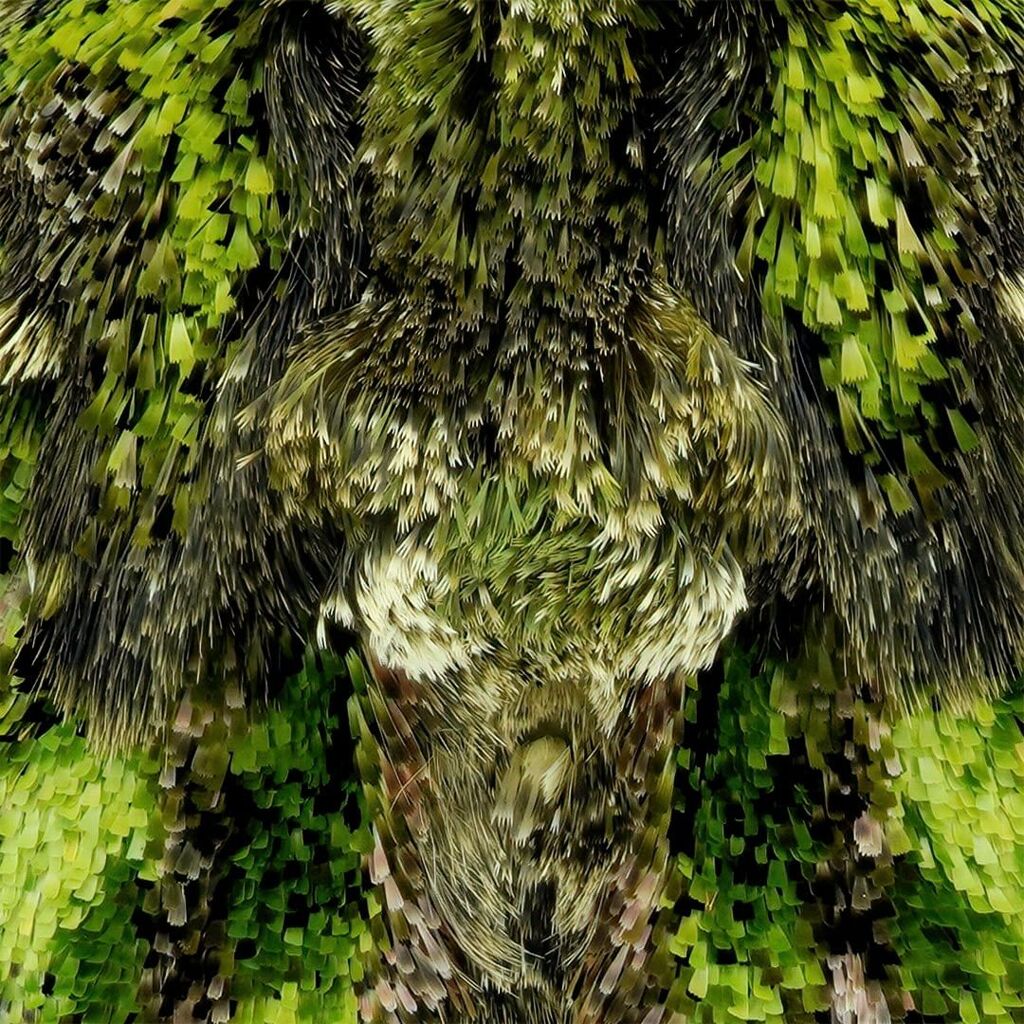
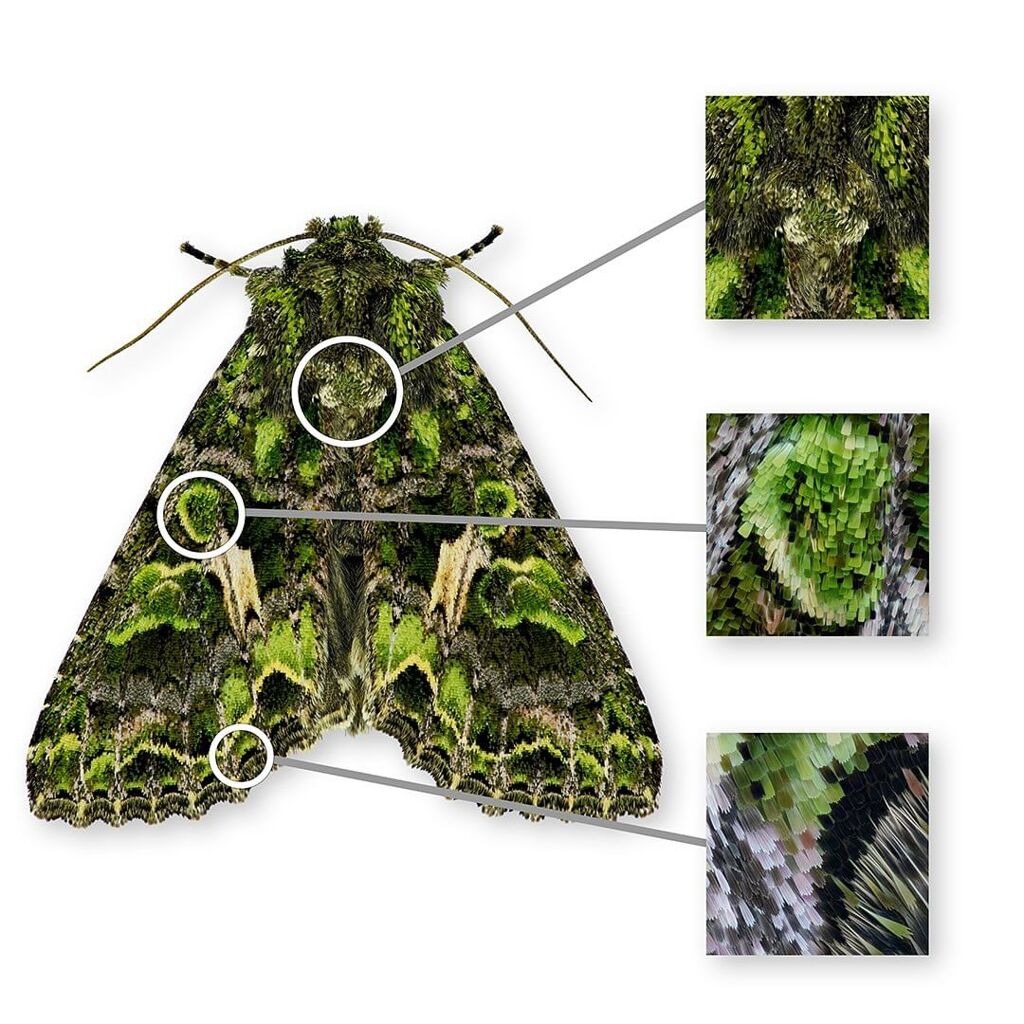

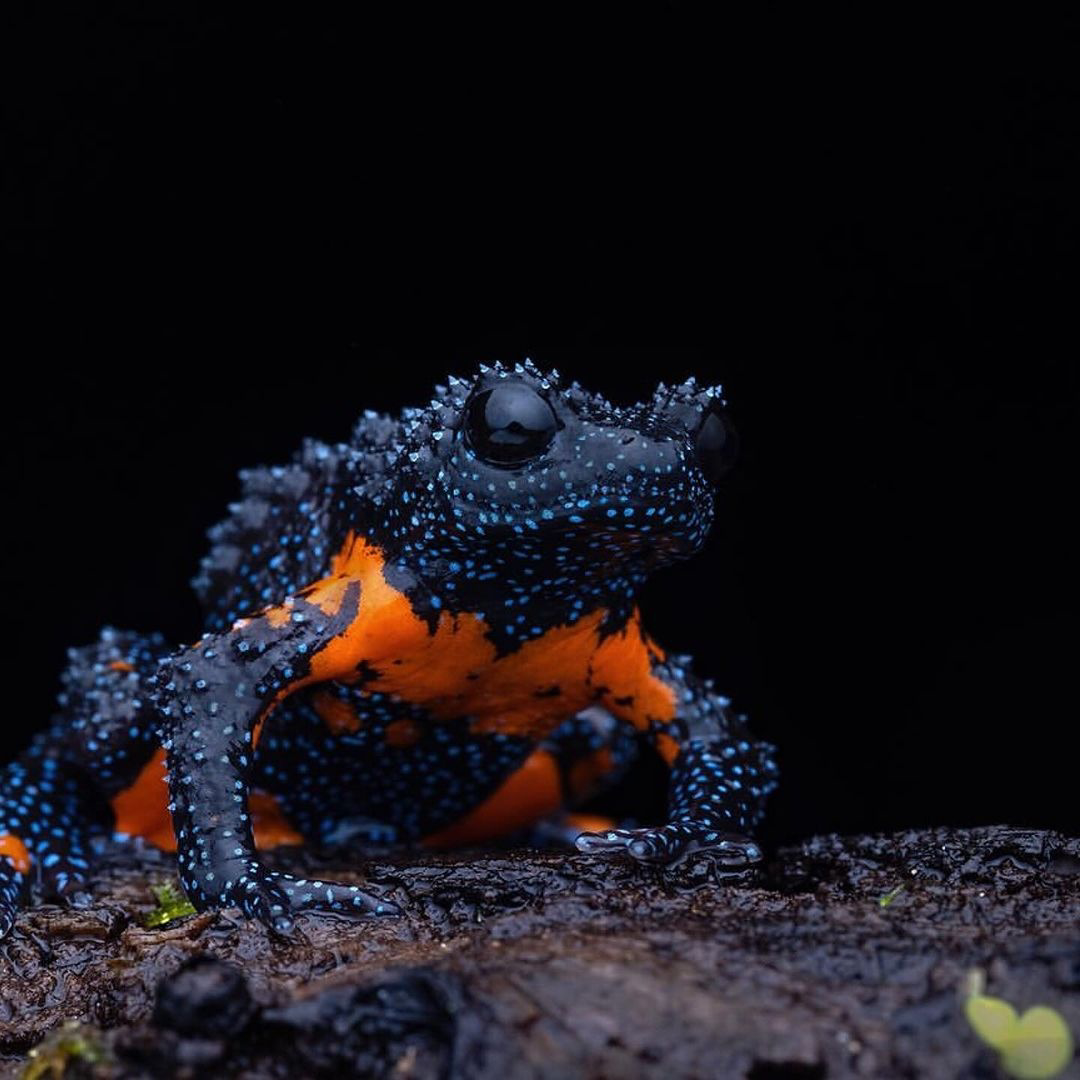
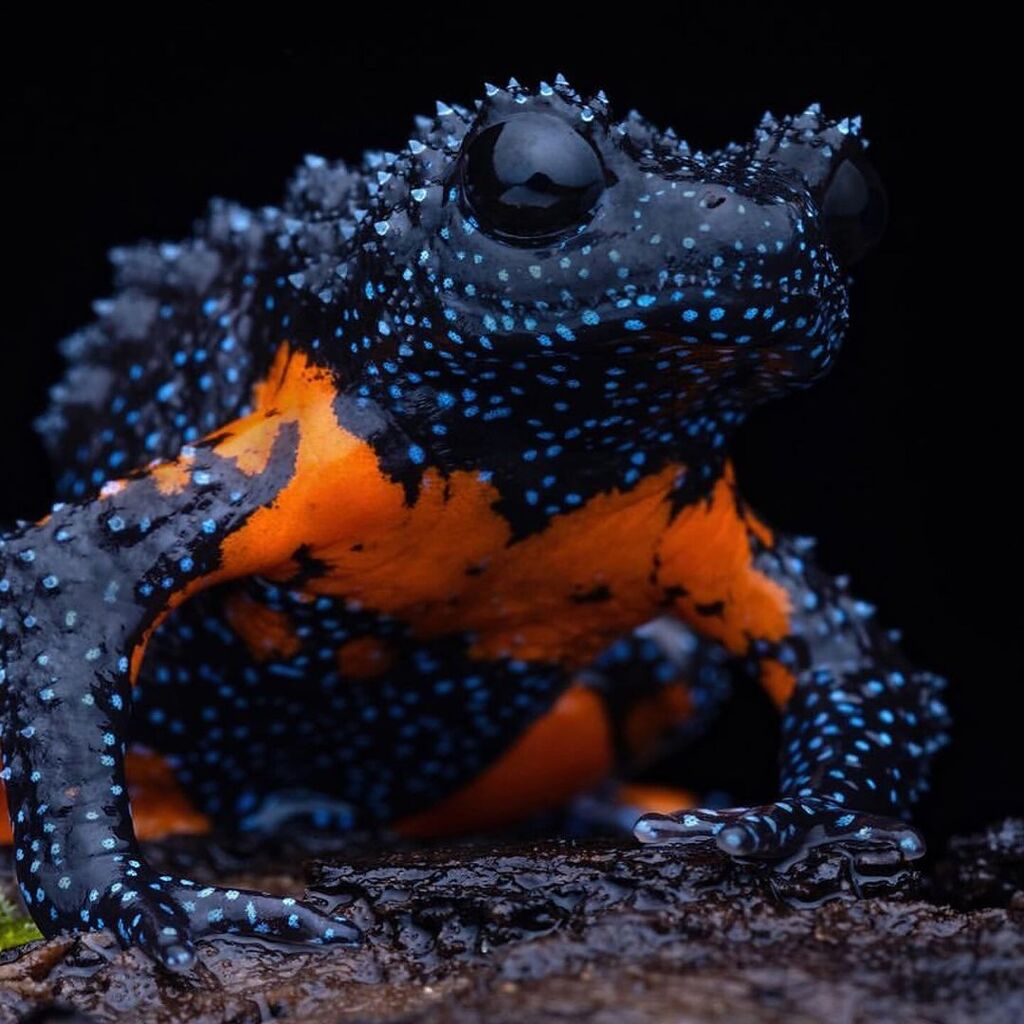
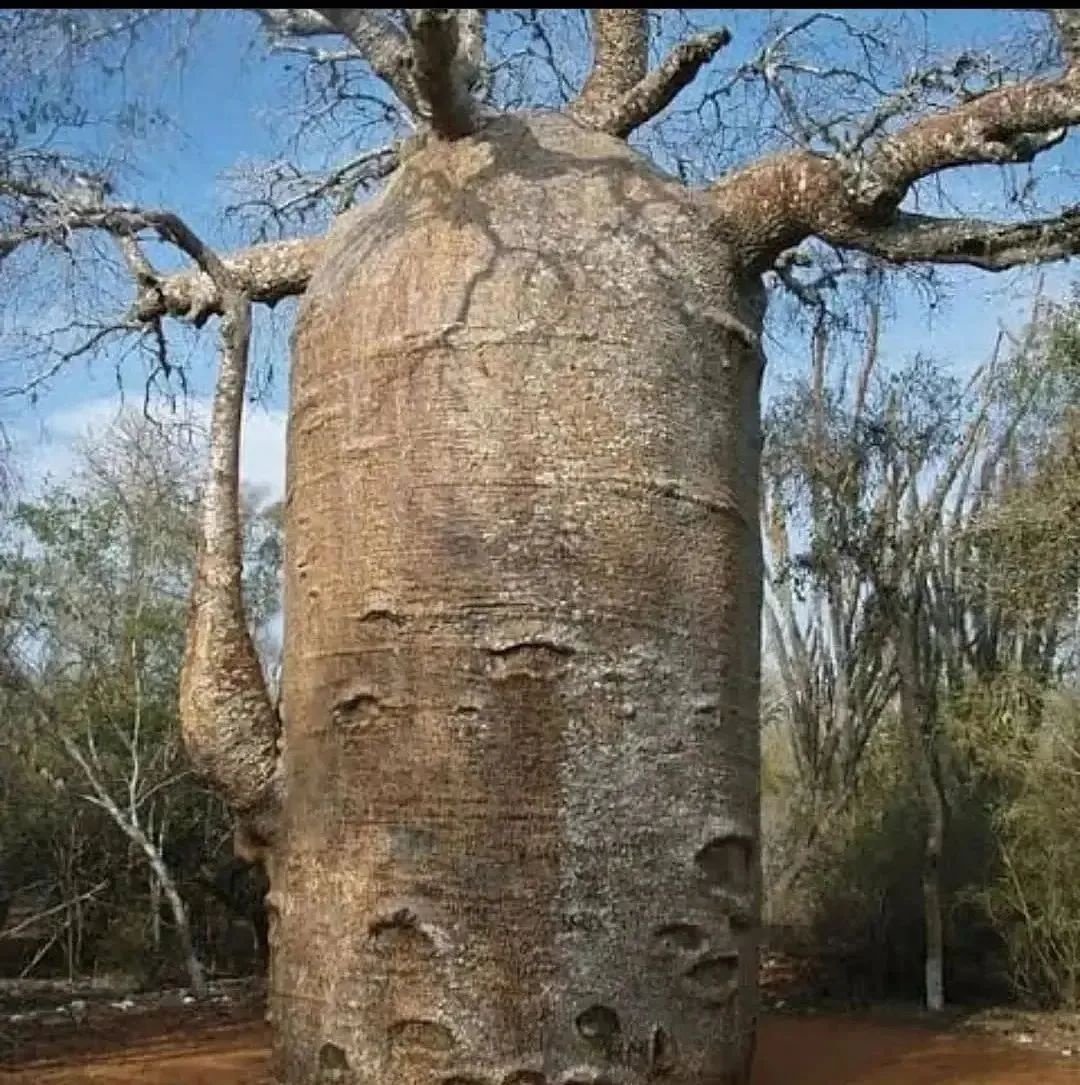

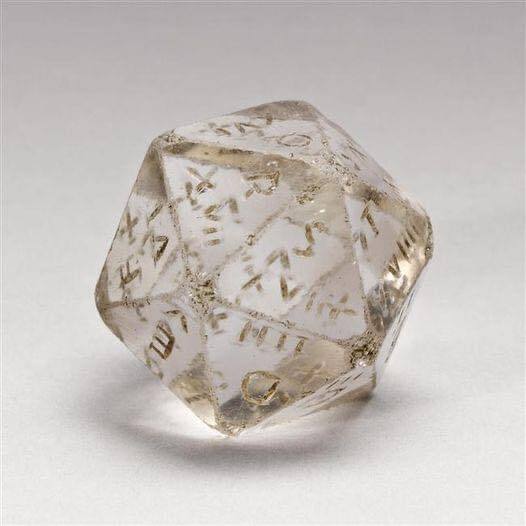
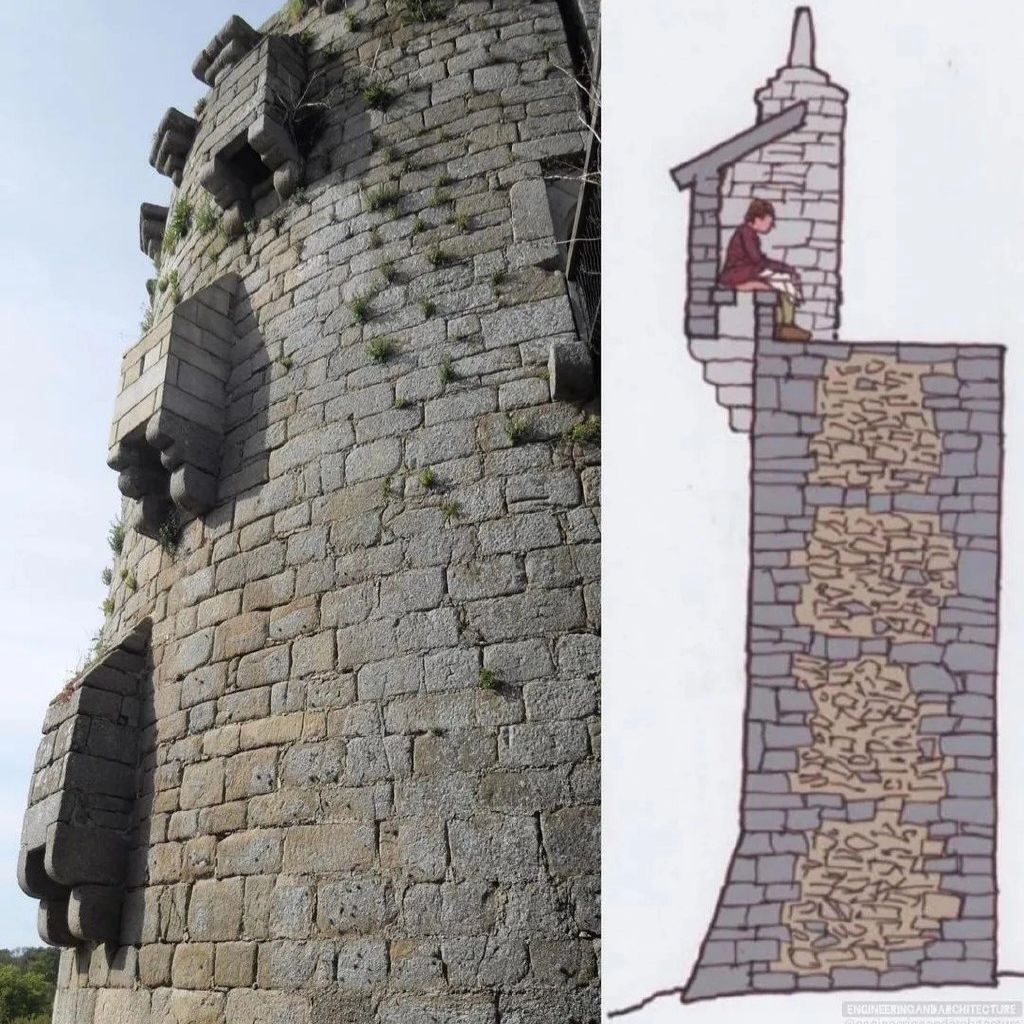
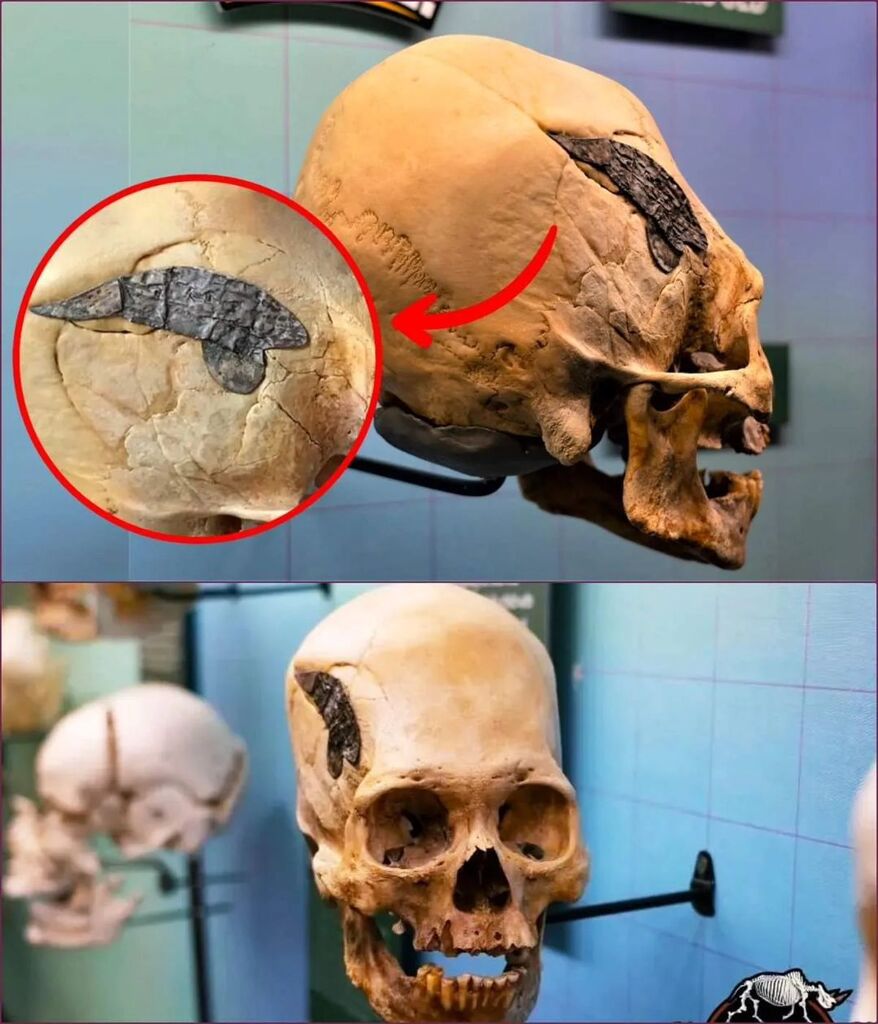
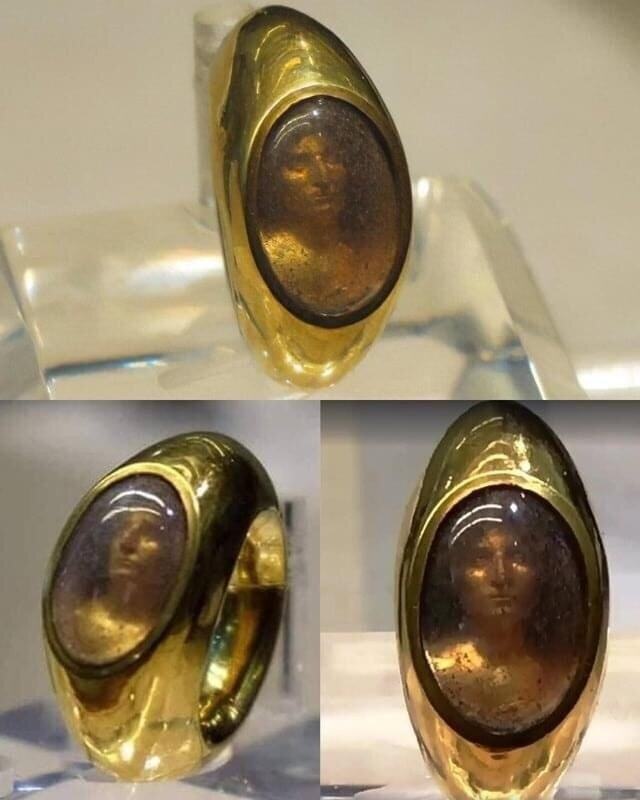
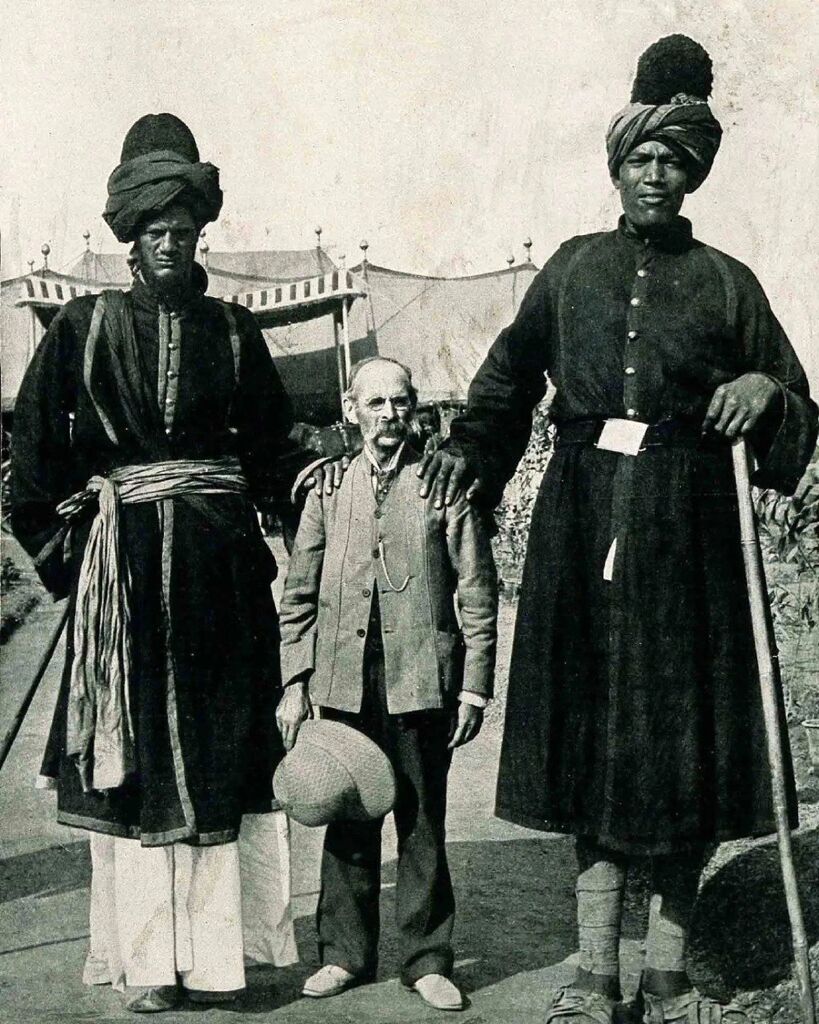
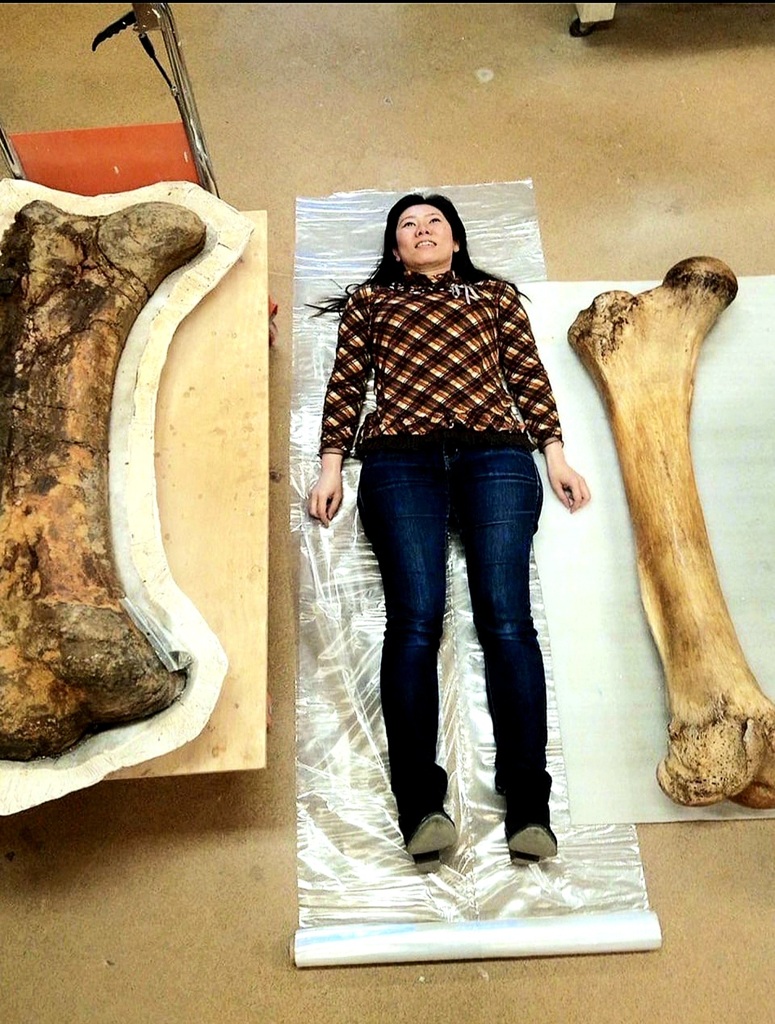
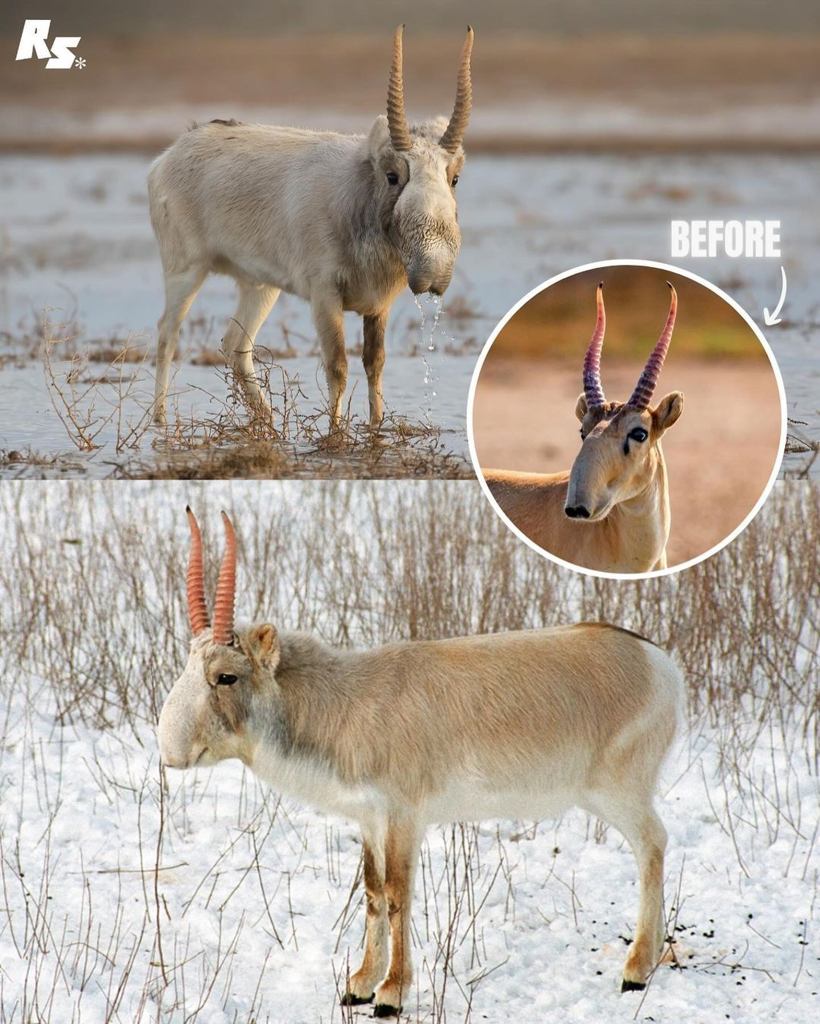
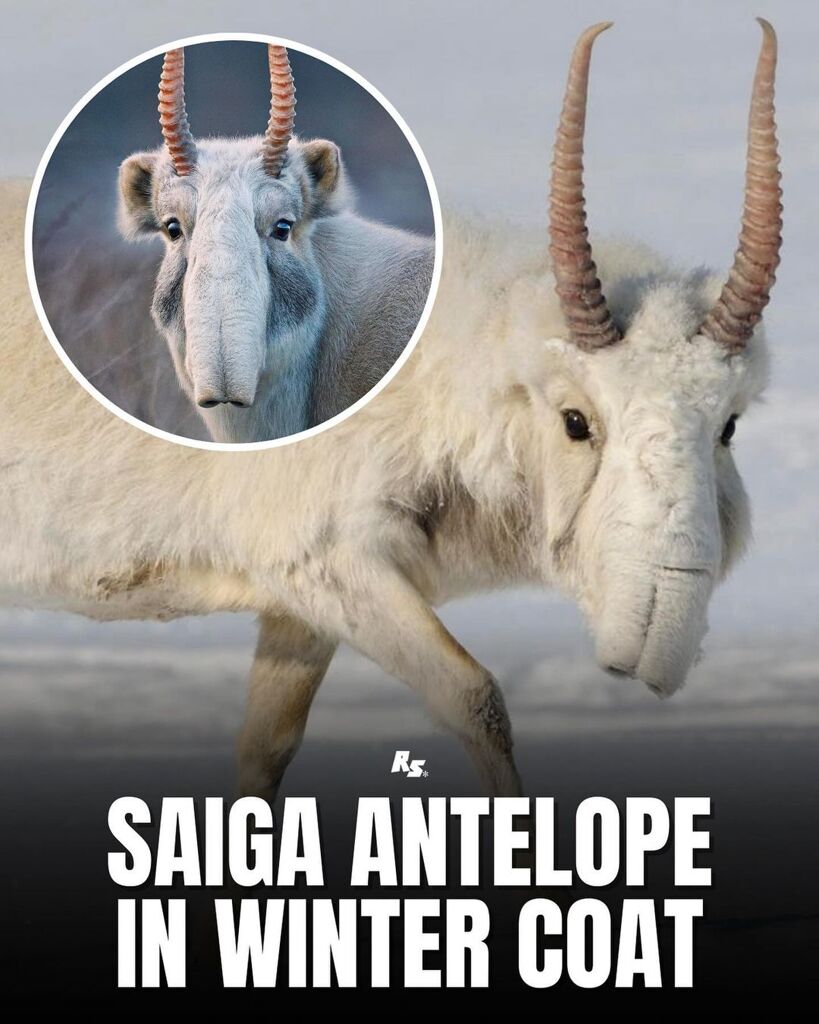
Mind your business